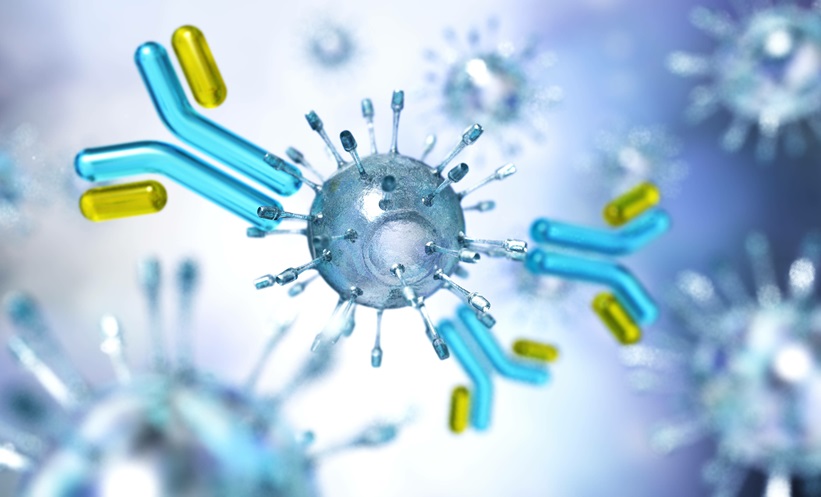A NEW Danish genome-wide association study has identified a genetic marker linked to severe ulcerative colitis, a chronic inflammatory bowel disease with increasing incidence.
The study utilised two large Danish cohorts: the Center for Molecular Prediction of Inflammatory Bowel Disease (PREDICT) and the North Denmark Biobank (NorDIBD), including a total of 4,491 patients. DNA from both neonatal blood spots and full blood samples were analysed to identify genetic differences between patients with severe and less severe forms of ulcerative colitis. Severe cases were defined by specific criteria, including major surgeries, multiple hospitalisations, and corticosteroid use over 5,000 mg within 3 years of diagnosis.
Out of the 9.5 million genetic variations tested, a locus on chromosome 6 within the human leukocyte antigen (HLA) region showed a strong association with disease severity. Specifically, the HLA-DRB1*01:03 allele was significantly linked to severe disease, with carriers being over three times more likely to experience severe outcomes compared to non-carriers (odds ratio: 3.32; P=1.45×10-9). These results build on previous research linking HLA-DRB1*01:03 to ulcerative colitis incidence.
Further analysis demonstrated that HLA-DRB1*01:03 carriers had a six-fold increased risk of needing major surgery, a five-fold increased risk of hospitalisation, and a two-fold higher likelihood of requiring high-dose corticosteroids. These associations remained significant in long-term follow-up, suggesting the genetic marker continues to influence disease progression beyond 3 years post-diagnosis.
The researchers noted that the findings are based on a Danish population of European ancestry, limiting their immediate generalisability. However, given the low cost of HLA typing, screening for the HLA-DRB1*01:03 allele could be a valuable tool to identify patients at high risk of severe ulcerative colitis early in their diagnosis.
Ada Enesco, EMJ
Reference
Vestergaard MV et al. HLA-DRB1*01:03 and Severe Ulcerative Colitis. JAMA. 2024; DOI:10.1001/jama.2024.20429.








